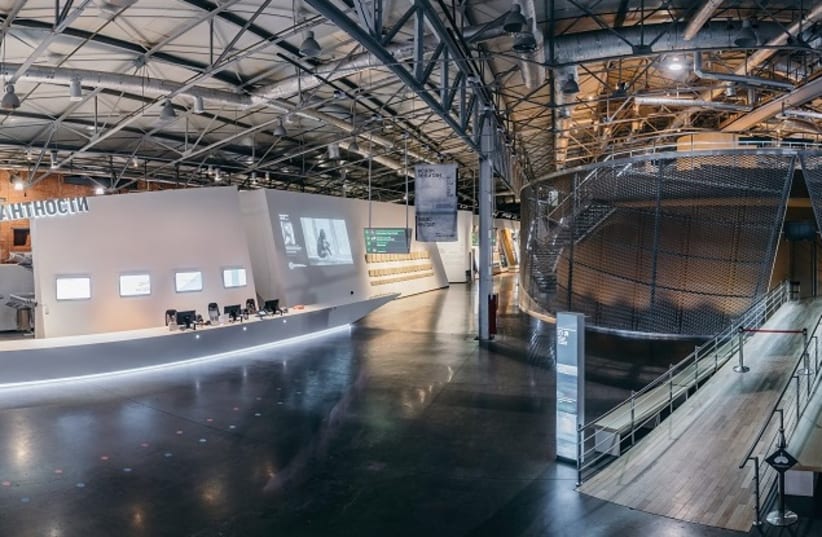Moscow’s Jewish Museum and Tolerance Center launched on Tuesday an online exhibition titled “(Not) a Good Time for Love - Love stories from Holocaust survivors.” The exhibition was scheduled to run through mid-May, but due to the ongoing coronavirus pandemic, the museum had to close the actual exhibition to the public. Memories of weddings and secret dates in the ghetto, of forbidden gifts, of mutual care and support, of dreams of home, family, and their own country fill the exhibit space. The show brings together works by Holocaust survivors and contemporary Israeli artists.
“Love stories of the Holocaust survivors, their experiences and memories, which served as the basis of this project, reveal to us that even during the time of incredible tragedy, people find ways to express the most beautiful feelings – Love being first and foremost among them. Today, when humanity is facing a critical test, as we sink deeper and deeper into a global crisis, it is of utmost importance to remind ourselves that it is the power of pure love which has always helped humanity in the worst of times", says Viktor Vekselberg, Chairman of the Board of Trustees of the Jewish Museum and Tolerance Center.
Among the works featured in this exhibition, one can encounter Sigalit Landau's "Hope" - a rope for gallows completely encased in the salt of the Dead Sea. While gallows is a symbol of death, salt is a substance that prevents wounds from healing, and memories from fading away. A painting made by Bogna Burska titled "Bloodstains on the snow" is a photo collage consisting of 9 fragments, each telling a life story of a woman whose life was taken in the Holocaust. The painting represents the ephemerality of human memory - while one can clearly see the bloodstains on the snow, they are fleeting and not going to be there, once the snow melts and the evidence of the crime vanishes.
The exhibition curators studied numerous diaries, memoirs, and biographical novels published by former prisoners of Nazi camps, Jewish underground and resistance fighters, and their children and grandchildren. The project tells of 11 love stories between Inga Katz and Shemuel Berger, Roshel and Jack Sutin, Many Nagelstein and Meyer Korenblit, and other survivors of the Holocaust, who had to go through separation and see their children and family members die during the war.The show features works by French painter, Christian Boltanski, Polish sculptor, Miroslaw Balka, graphic art created by Nazi camp survivors, Esther Shenfeld, Ilka Gedo, as well art installations by contemporaries artists, such as Sigalit Landau, Tal Shochat, Michal Rovner, Lee Yanor, Rami Ater, Nelly Agassi, Rani Landa, Bogna Burska, Lior Vagima, David Palombo, Chaim Sokol, William Foyle, and others. The organizers invite the guests to share their memories of the love stories of their grandparents during the war. A music artist and actress, Miriam Sehon, and art historian, Leah Chechik, already shared their family memories.The online version of the show can be accessed athttp://holocaust-love-stories.